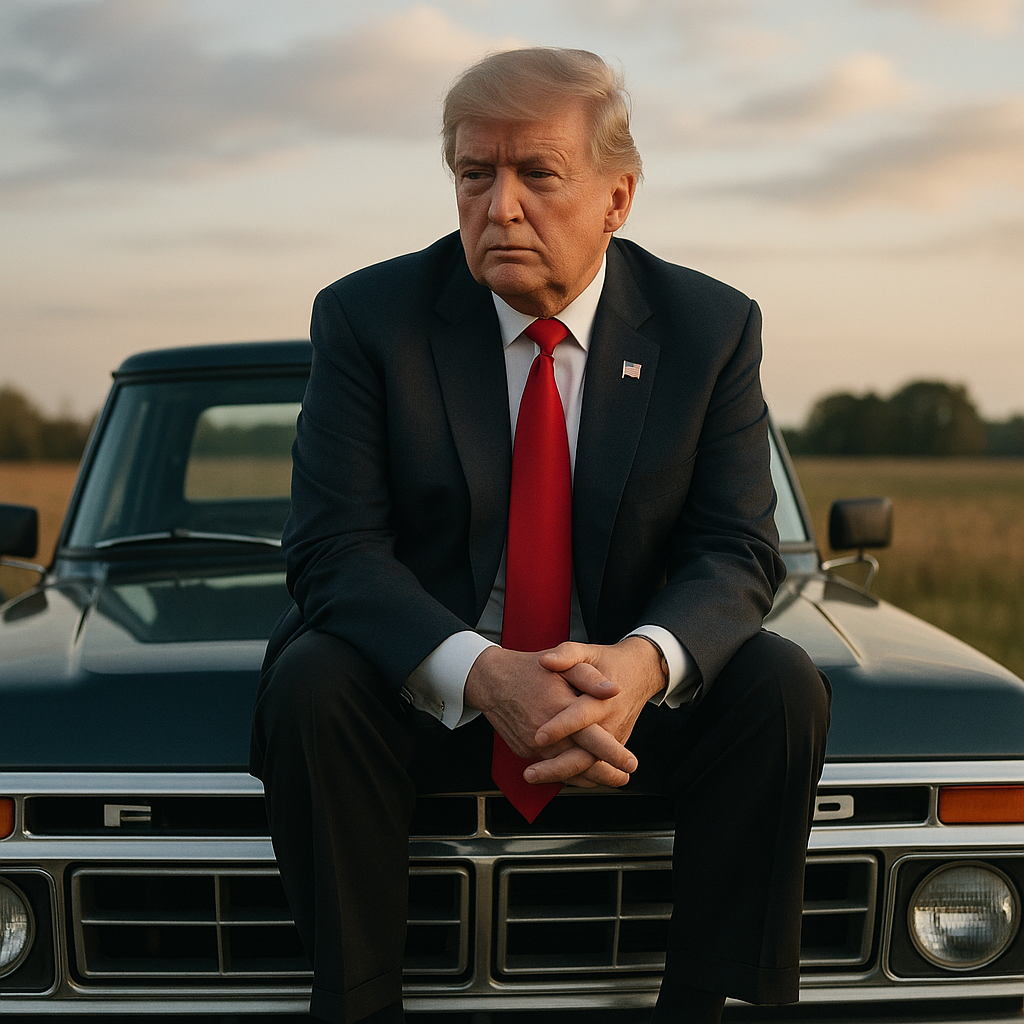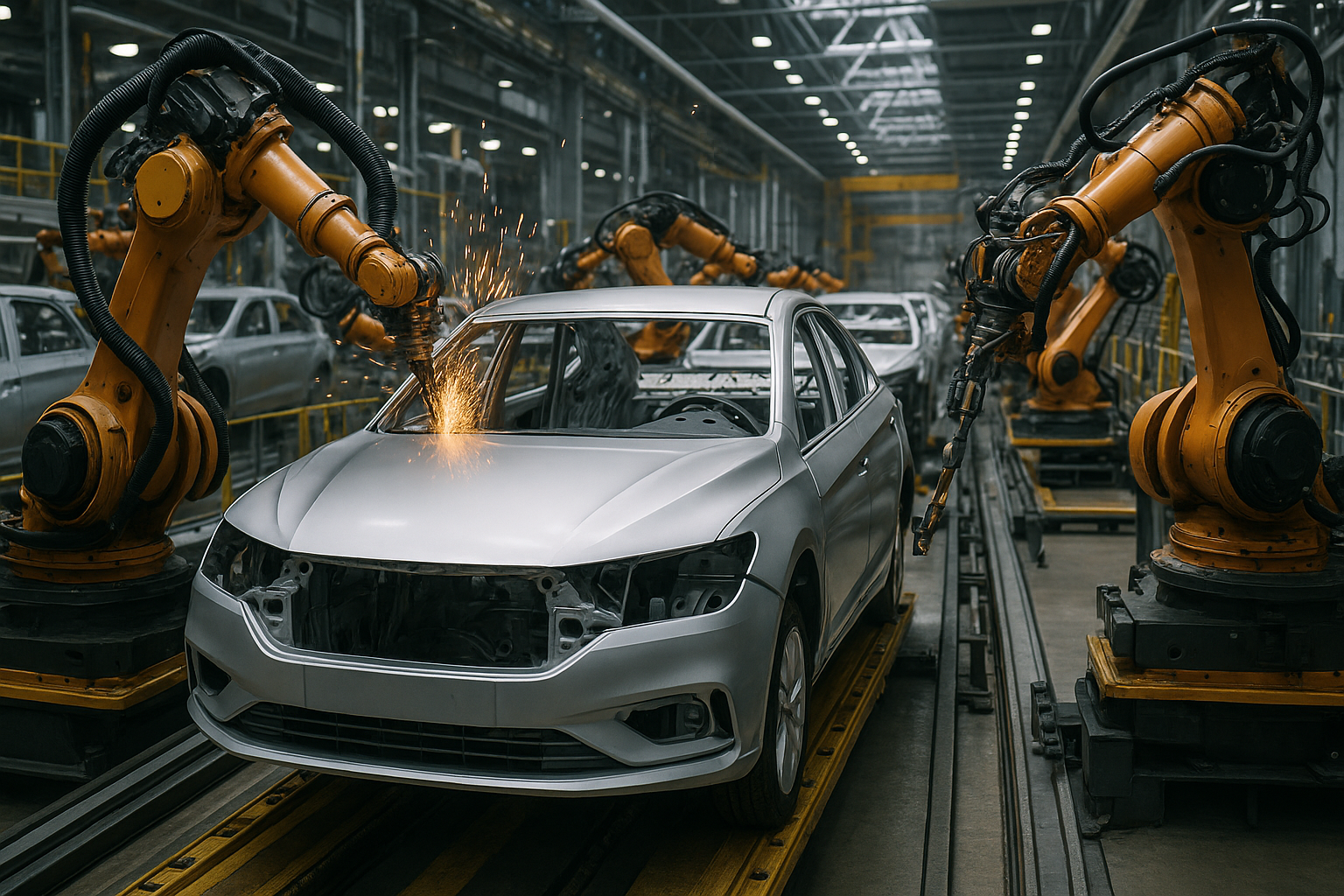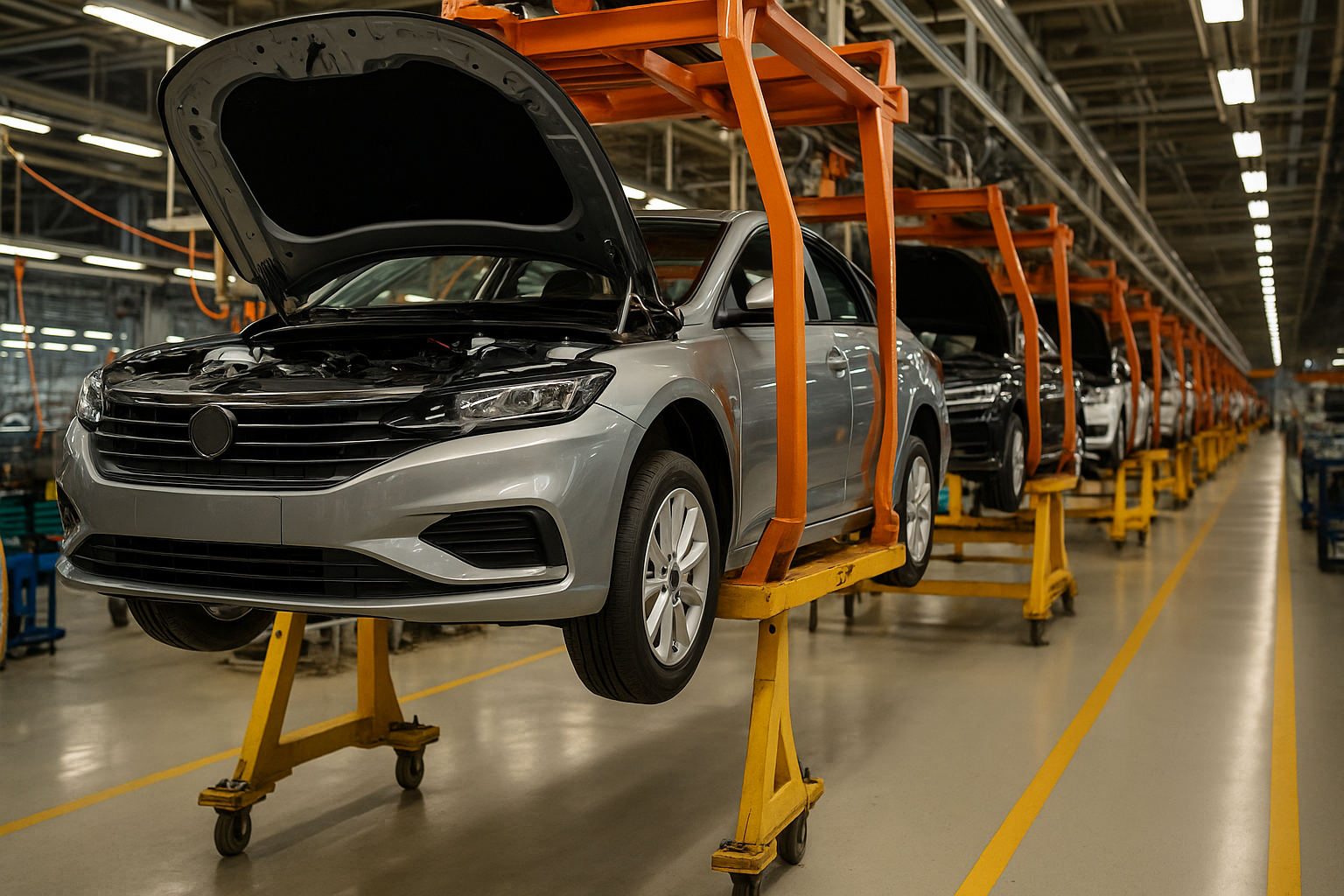Vancouver, BC – July 29, 2025 – Global Stocks News – President Trump’s recently announced trade deals with Japan and the European Union are drawing mixed reactions from the automotive world. The 15% tariff on most imported products from these trading partners is significantly lower than the 25% level many had feared, sparking some initial market optimism. But the underlying message for U.S. drivers and automakers is far less cheerful: costs are heading up again—and this time, there’s little ambiguity about who will pay.
For years, Trump’s trade approach has been a moving target, swinging between protectionist pressure and strategic negotiation. These latest tariffs mark a new phase of his administration’s economic policy, offering more structure than the chaotic policy reversals of his first term, but reviving concerns about sustained price inflation in critical consumer sectors, chief among them, automotive.

Imported vehicles and parts are deeply woven into the U.S. car market. Roughly 46% of all vehicles sold annually in the U.S. are imports, and even cars assembled in the U.S. often rely heavily on parts made overseas. For example, more than 500 foreign automotive manufacturing and component facilities currently operate across North America, but many still depend on cross-border shipments of transmissions, chips, and engines from Europe and Asia.
Japanese automakers alone produced over 3.5 million vehicles in the U.S. in 2023, including many top sellers like the Toyota Camry and Honda CR-V. But significant parts of their supply chains—everything from sensors to battery modules—are sourced from abroad. With a 15% import tax now in effect, even “American-made” cars may soon carry higher price tags.
According to Kelley Blue Book, the average cost of a new car in the U.S. is currently $48,795, a 63% increase over the past decade. Factoring in the 15% tariff on imported content, analysts estimate that vehicle prices could rise by $2,500 to $3,500 per unit, with larger jumps likely for European luxury brands and technology-rich imports.
Consumers have already been squeezed by high auto loan interest rates, now averaging over 7.5%—the highest level in 20 years. That means even small increases in vehicle prices translate into hundreds or thousands more in long-term financing costs.

Affordability remains a major pain point for the American car buyer. In 2022, the average new car equated to 42 weeks of median income, according to the Cox Automotive/Moody’s Analytics affordability index. That figure has now dipped to 37 weeks—but it’s still far above pre-pandemic levels, when a new car averaged around 33 weeks of income. While that may sound like an improvement, it’s misleading: prices have stabilized at record highs, not fallen.
One major driver of those inflated costs has been the shift in consumer preferences. Americans are purchasing fewer small sedans and more pickups, SUVs, and EVs—all of which cost significantly more to build. Adding to the challenge, inflation hasn’t only hit new car prices. Over the past 10 years, repair costs are up 47%, and insurance premiums have more than doubled, driven in part by the rising price of replacement parts and the complexity of modern vehicles.
Trump’s separate tariff on imported steel and aluminum—now set at 50%—adds further strain. These two materials make up roughly 55% of a vehicle’s structure, and domestic steel producers have already begun raising prices in response. Automakers, caught between rising costs and intense competition, may try to delay passing on price hikes—but experts say that’s not sustainable.
Even automakers with domestic production are not immune. General Motors (GM) and Stellantis (STLA) reported reduced profitability in the most recent quarter, citing tariffs and raw material inflation as key pressure points. Ford (F) is expected to issue a similar warning when it reports earnings on July 30.

For consumers, the effect will likely arrive in stages. Tariffs tend to take several months to work through supply chains, but by early 2026, shoppers will see higher MSRPs and smaller dealer incentives. Economists also warn of second-order effects: if imported vehicles rise in price, domestic competitors gain room to raise prices too, even if the tariffs don’t directly impact them.
Imports from South Korea, Canada, and Mexico are next on the White House’s list, with negotiations ongoing. Mexico alone supplies about 40% of imported auto components and finished vehicles, including popular models like the Ford Maverick, Chevy Equinox, and Mazda 3. Canada provides others, such as the Honda Civic and Chrysler Pacifica. Trump’s interim solution—a 25% tariff on imports that don’t meet new domestic-content standards—could further complicate sourcing and increase compliance costs.
Trump’s base has pointed to his promises to “bring prices way down” as a key reason for his re-election in 2024. Yet earlier this year, when asked about potential cost increases from tariffs, Trump remarked that he “couldn’t care less” if automakers raised prices. That may become a problem as voters confront sticker shock at the dealership once again.
The automotive sector, still adapting to a post-pandemic world of supply chain reconfiguration and digital transformation, now faces another hurdle. While some manufacturers may shift production or rework contracts to offset tariff costs, most won’t be able to absorb the hit entirely. Shareholders demand profitability. In a tight-margin industry, that means higher prices are all but guaranteed.
